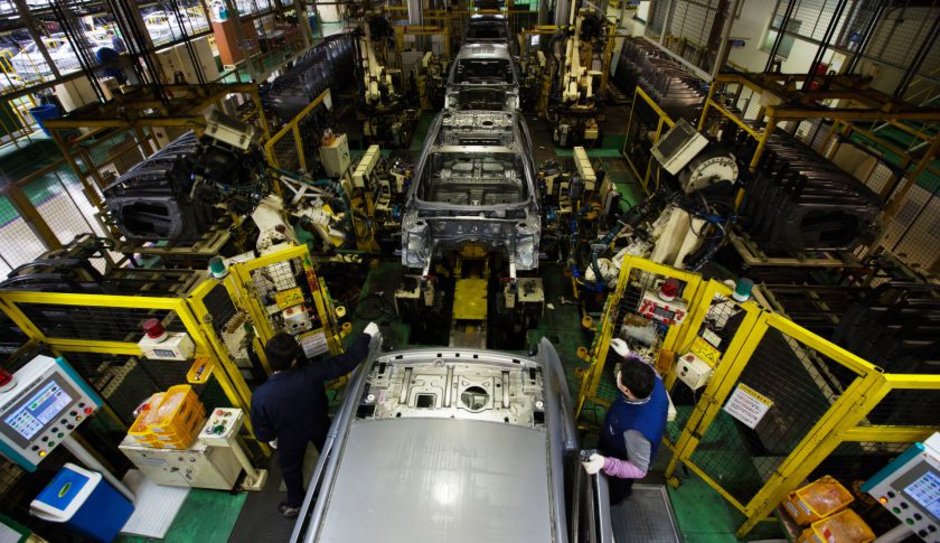Last week, Hyundai and Kia’s achievement was made official: Korean cars had eclipsed Japanese autos in quality. J.D. Power rated the mass-market auto brands tops for initial quality, with Kia just behind No. 1 Porsche and Hyundai, No. 4 behind Jaguar. Porsche and Jaguar are niche luxury brands.
For the sister automakers, the endorsement was sweet recognition; but it hardly shocked a global industry of competitors and analysts that had been tracking their steady improvement for a decade. The strategies that Hyundai and Kia used to leapfrog Japanese brands like Toyota and German brands like Mercedes-Benz proved not just straightforward, deliberate and stunningly effective – but more or less transparent to those who bothered to watch.
The remarkable reversal of fortune that vaulted Hyundai and Kia past the Japanese auto industry, in terms of the initial quality of their vehicles, can be traced to three factors. Chief among them was a commitment to quality. Hyundai – which controls the two affiliated South Korean brands – recognized that quality was poor and that without vast improvement the automakers had no chance of succeeding in the U.S. In 1998, Hyundai enacted a consistent and dedicated corporate directive to place quality before all else.
“The laser-like focus on quality began to be measured, written into performance reviews and everything else the companies were doing,” said John Krafcik, president of TrueCar Inc., in an interview. Krafcik joined Hyundai in 2004 served until 2013 as chief executive of its U.S. operations.
Don Southerton, a U.S.-based specialist in Korean culture and a consultant to Hyundai and Kia, explained in an interview that “both companies maintained a single message about quality that hasn’t wavered in all those years, supported by the belief that you have to end up with this kind of results.”
Prior to the release of a new model Sonata midsize sedan built in Alabama, which now competes against such stalwarts as Toyota Camry and Ford Fusion, engineers “took it apart again and again and again until they were satisfied they’d uncovered every potential problem or defect,” Southerton said.
The Hyundai Excel, a subcompact imported from South Korea and selling for as low as $10,000, established the automaker in the 1990s as a maker of cheap, flimsy transportation. Recalls, complaints and poor consumer ratings forced the automaker in 1998 to offer a ten-year, 100,000-mile warranty – the industry’s most generous.
“Korea Inc. in those days was all about how many units you could sell,” Southerton said. “The paradigm shifted in the 1990s when Korean industry watched Samsung gain success by embracing quality.”
Equally key to the turnaround: Chung Moong-koo became the new and much-revered chief executive of Hyundai. Chung, the son of a peasant farmer, repaired trucks for the U.S. Army as a youth and rose to become chairman and chief executive of Hyundai Motor and Kia Motors in 2000.
Unwavering obedience to his rule by subordinates has been a hallmark of his tenure: Chung’s orders and initiatives are carried out swiftly, meticulously and without question.
Nevertheless, “Hyundai was always very open to criticism and suggestions,” Krafcik said. “Sometimes at automakers the engineers resist feedback from consumers.”
Finally, the third factor: the automakers accepted that their cars lacked eye-catching design.
In 2006, amid criticism from U.S. reviewers that their vehicles looked “weird” and worse, Hyundai poached Peter Schreyer, an Audi designer who had gained renown for his role in the Audi TT sports coupe. Almost immediately, the reviews improved. Under his guidance, the award-winning Kia Soul and others were created. Earlier this month, Hyundai hired Luc Donckerwolke, another Audi designer, to succeed Schreyer, who will retire in two years.
Source: fortune.com
×


